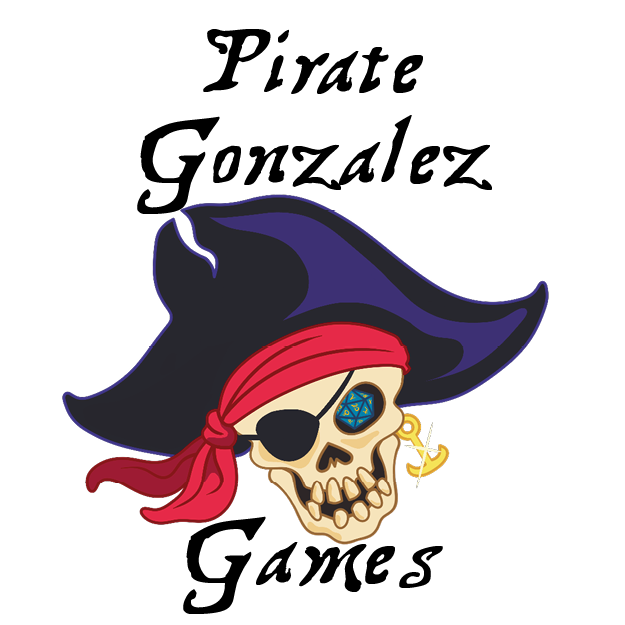5 Ways to Play a Tank in D&D
/Playing a tank is a common term in RPG video games. As a tank, your role is to protect your teammates by taking damage for them. Games like World of Warcraft have built in mechanics that force an enemy to target you. Tabletop RPGs, however, don’t have an AI. The Game Master decides what the enemies do and who they attack. How do you play a tank then?
Here are 5 ways to effectively play a tank in D&D 5th edition:
1. High Hit Points, High AC
I'm wearing armor over my armor. That gives me twice the AC, right?
Most attacks from NPCs target a player’s armor class (AC), and deal 0 damage on a miss. The higher your AC is, the less likely it is that you’ll be hit by a weapon attack. Wearing heavy armor, carrying a shield, spells, and certain class abilities are ways to increase your AC. With 5th edition’s bonded accuracy, having a high AC early on is very hard for enemies to hit.
Having a large amount of hit points is critical as well. Even with a crazy high AC, you’ll still take damage. Spells, traps, and environmental effects can target your saving throws, and can deal damage even on successful saves. Having a large pool of hit points is a key component of being a successful tank. Getting reduced to 0 hit points in a couple of hits isn’t going to do you much good. For example, a monk can have a pretty high AC due to their class abilities, but they don’t get as many hit points as a fighter or barbarian. Getting hit hurts a monk a lot more than a barbarian.
2. Mechanics
There are only a few abilities that force attacks against a target, like the compelled duel spell, but even things that grant penalties for NOT attacking you is an option. The DMG has this as an optional rule, a cool carryover from 4th edition. Marking a target grants a target disadvantage if their attack doesn’t include you as a target.
Sentinel and Polearm Master is a combination of feats that makes it very difficult for creatures to get past you. On a successful opportunity attack, you lock them in place.
Other mechanics that benefit a tank are boosts to your AC, temporary hit points, and resistance or immunity to damage. The barbarian gets resistance to the most common forms of damage while raging, effectively doubling their hit points.
3. Positioning
Always take the high ground.
If playing in a theater of the mind style, describe your intentions along with your actions. Take these two examples:
“I rush at the goblin and attack.”
versus
“I rush at the goblin and attack, putting myself between Wazo the Wizard and the goblins”.
The first example only focuses on your attack, while the second shows that protection of your teammate is important to you. You haven’t done anything mechanically different, but by adding some more description you’ve established something as fact in the narrative. If the goblins want to attack the wizard, the GM knows that you’re in the way.
4. Taunt/Intimidate
Come at me bro!
If you can’t force a target to attack you, the next best thing is to make them WANT to attack you. Make yourself impossible to be ignored. Enemy archer aiming at your cleric? Make fun of their clothing. Insult their family. Do something to focus their attention on you. Spiderman is an excellent example of this. He taunts and quips with his opponents, making them REALLY want to squash him.
Intimidation can be done in the same way, although it’s all about how you direct it. Intimidating might cause someone to be afraid of you, avoiding you and attacking someone else. As a tank, you don’t want this. You want to seem like you’re the biggest threat, the one to focus their attention on first. If you’re trying to intimidate creatures into attacking you, specify the intent, otherwise, a common assumption is that you are frightening something away.
5. Change Tactics As Needed
A fighting style for every day of the week!
Unlike a video game, not every enemy is going to be susceptible to the same tactic. Part of the beauty of a tabletop RPG is having enemies react in a dynamic fashion. Maybe you’re fighting a tactical general who knows to focus on the wizard and healers first. No taunting or bluffing is going to get him to change his tactics, so you’ll have to rely on positioning.
Learning how to play an effective tank will involve trial and error, and will change between games. What worked against wolves in your last game may not work against them with a new DM in a new world. You’ll need to pay attention and learn to adapt.
These are just some ways to play an effective tank in D&D. Do you play a tank or defender class? Let us know how you play in the comments!
Bonus: Let’s see how many comments we get about the word “tank” not having a place in D&D, or the idea of playing a “tank” being wrong. Bonus points if 4th edition is mentioned in a disparaging way!
















